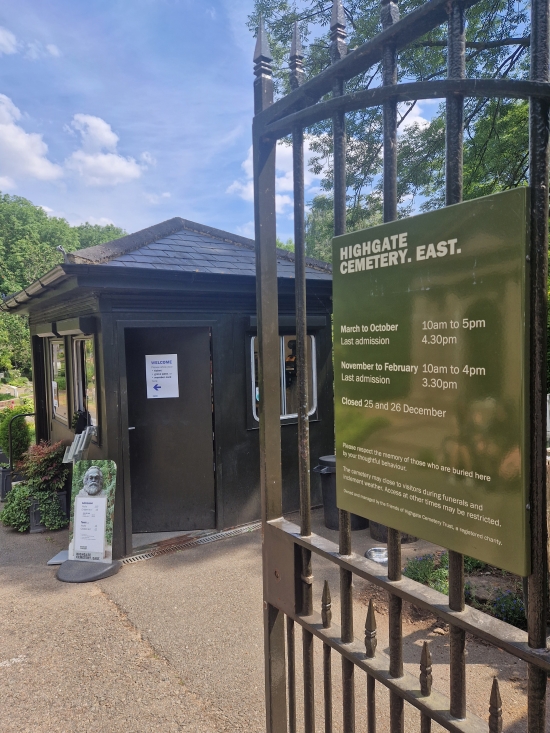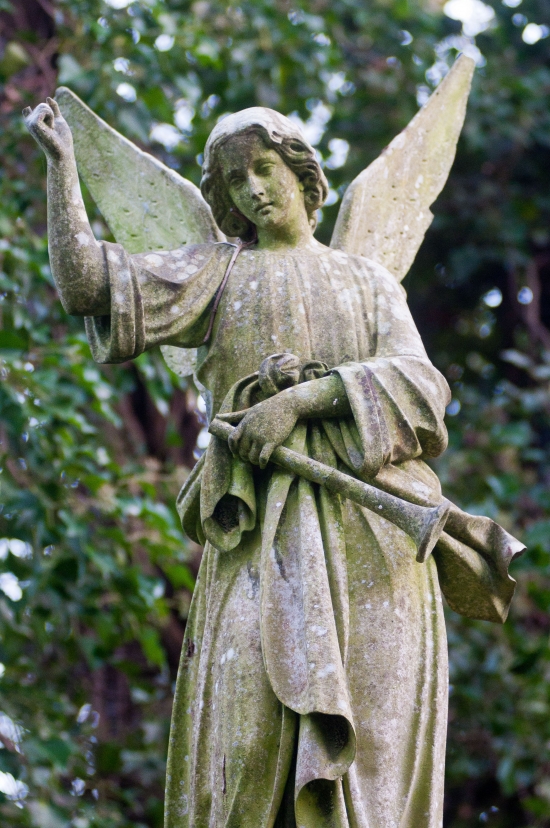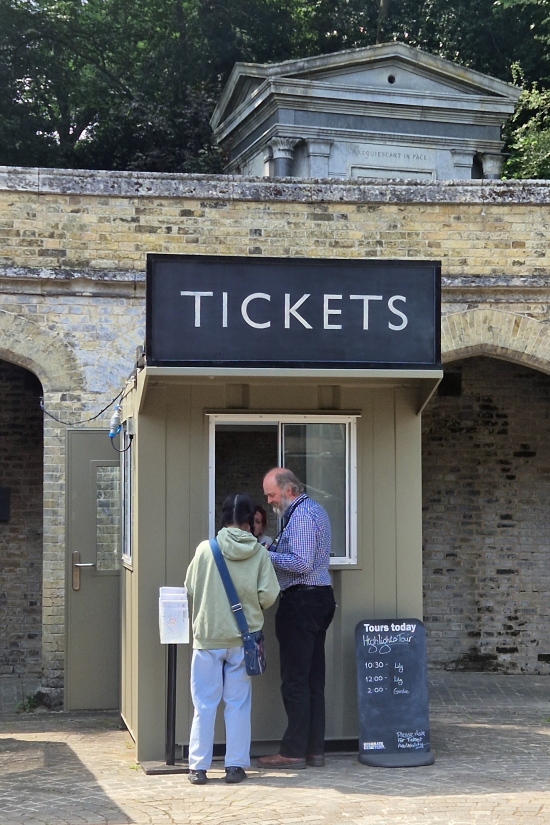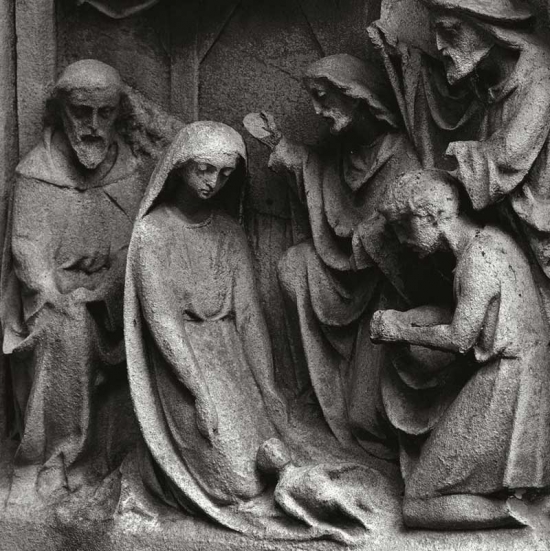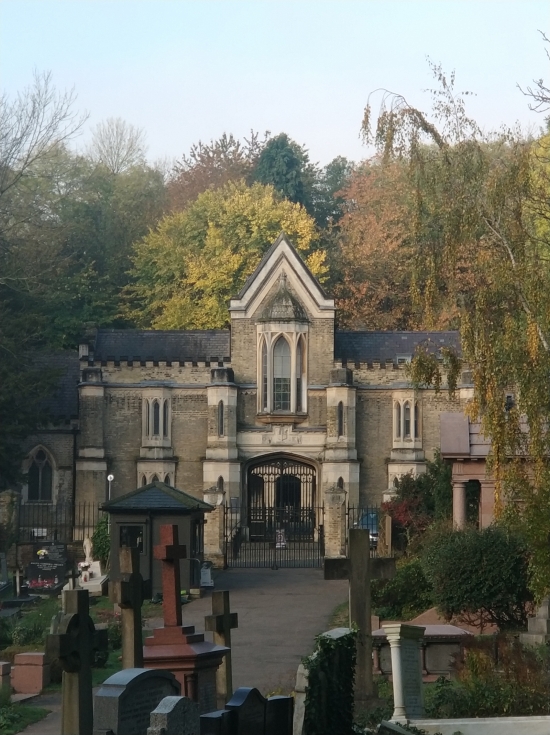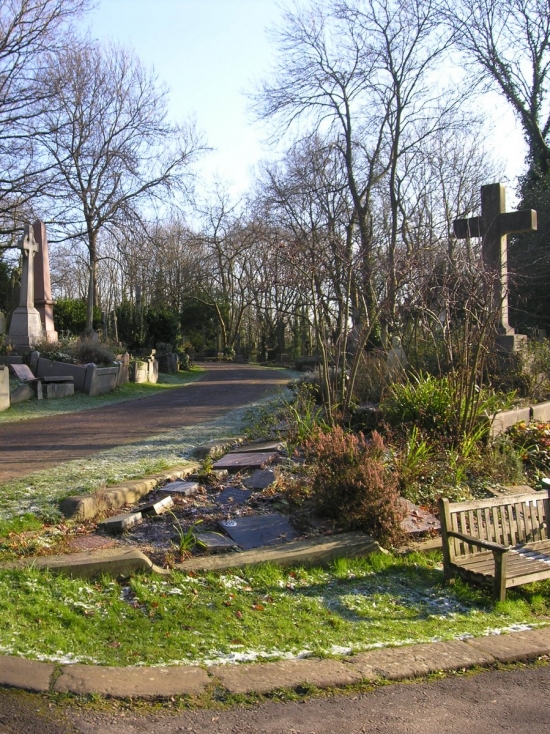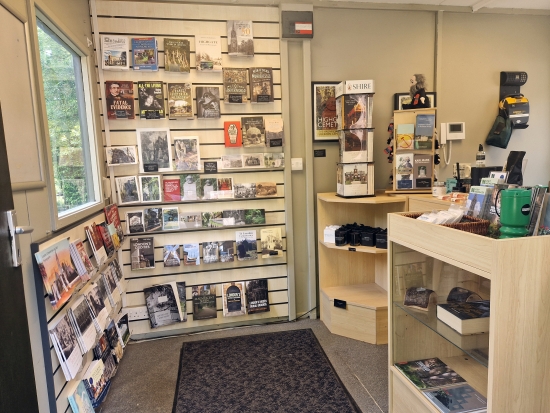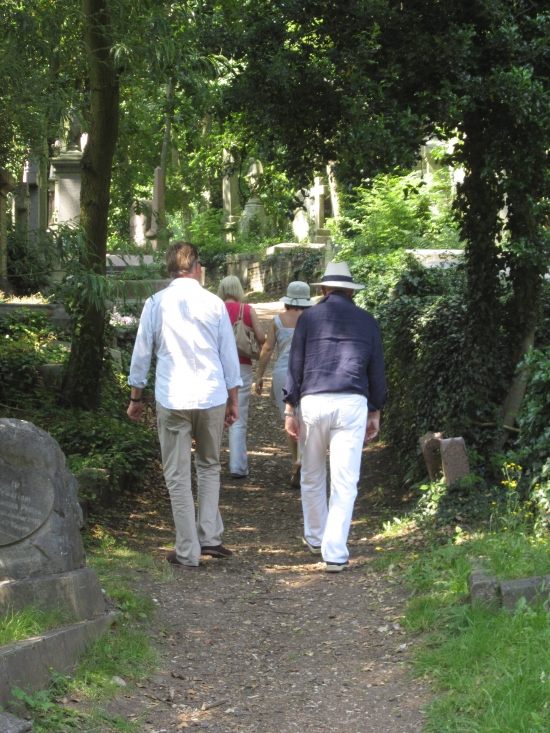While you're here
Safety first!
Visitors must not leave the paths or climb on or under any monument. Monuments may be unstable. The cemetery can get muddy underfoot, so do wear sensible shoes.
Vehicles
Grave owners are discouraged from bringing their cars into the Cemetery except for Blue Badge holders, those less able to walk or when delivering heavy or bulky items to their grave. The Cemetery speed limit is 5mph and pedestrians have priority at all times.
Photography
Photography is allowed for personal use only. Whether for personal use or otherwise, a permit must always be obtained for projects involving:
* special equipment such as lighting or screens. Tripods are allowed, but must not be used on tours.
* posed subjects, fashion shoots, music videos or subjects with a supernatural element (but permission is most unlikely to be granted)
* funerals or people visiting graves (but permission is unlikely to be granted)
* guided tours or other events
* commercial photography
* making films or videos.
As a rule of thumb, if the photographs are more about you than the Cemetery, they are unlikely to be considered appropriate.
Requests for a permit must be submitted at least two weeks in advance.
Appropriate behaviour
Most visitors understand that they must behave with respect in a working cemetery. Inappropriate conduct, which is prohibited, includes but is not limited to:
a) creating any disturbance or committing any nuisance
b) interfering with any burial taking place
c) drinking alcohol, holding picnics or barbeques
d) smoking
e) distributing literature or other advertisements or undertaking any business activity without permission
f) sunbathing, jogging, rollerblading, skating or playing any sport or games
g) bringing in a bike, moped, or bicycle or using a scooter, skateboard, or skates
h) damaging, destroying, climbing any tree or plant, headstone, monument, memorial, grave, wall, fence or any other property within the Cemetery
i) picking flowers or foliage
j) littering or leaving any refuse apart from in the bins provided
k) the playing of any musical instrument or any device used to generate or amplify sound, except as permitted at funeral services
l) obstructing any member of staff or volunteer.
We may exclude or remove from the Cemetery any person whose behaviour we consider inappropriate.
Bag searches and restricted items
For everyone's safety, all bags, rucksacks, packages and personal items may be searched before entry. Please don't leave your bags unattended at any point during your visit or they may be removed.
The following items may not be brought inside the Cemetery:
* large items of luggage
* dangerous chemicals, including herbicides or pesticides
* motorbikes, mopeds, bicycles, adult scooters
* any animal, apart from appropriately-trained assistance dogs
or any items we consider suspicious or likely to cause disruption.
